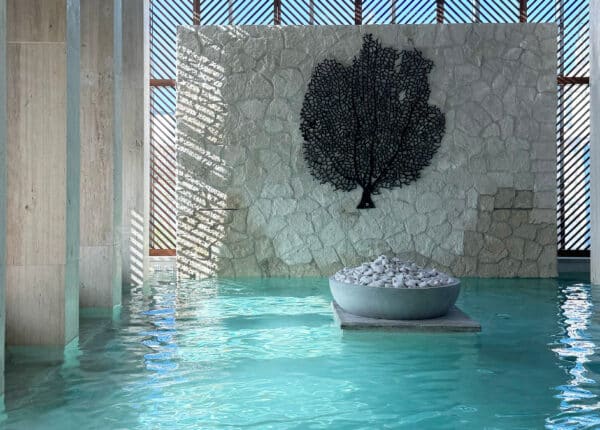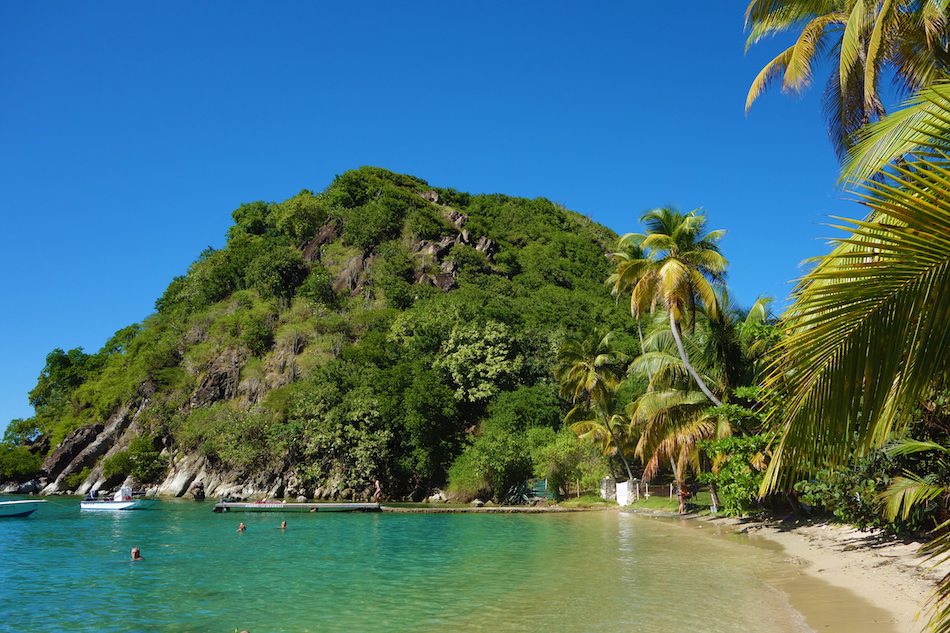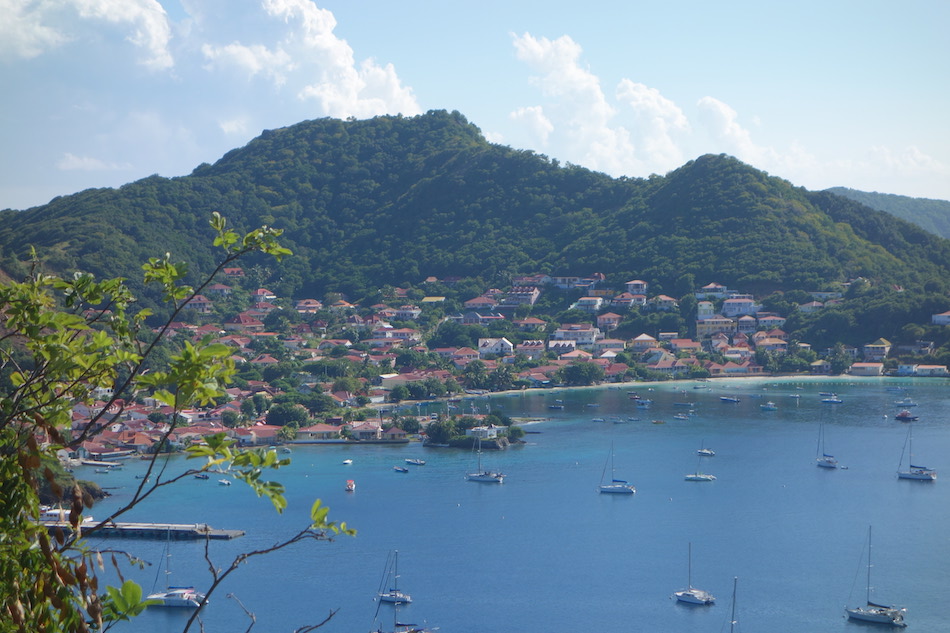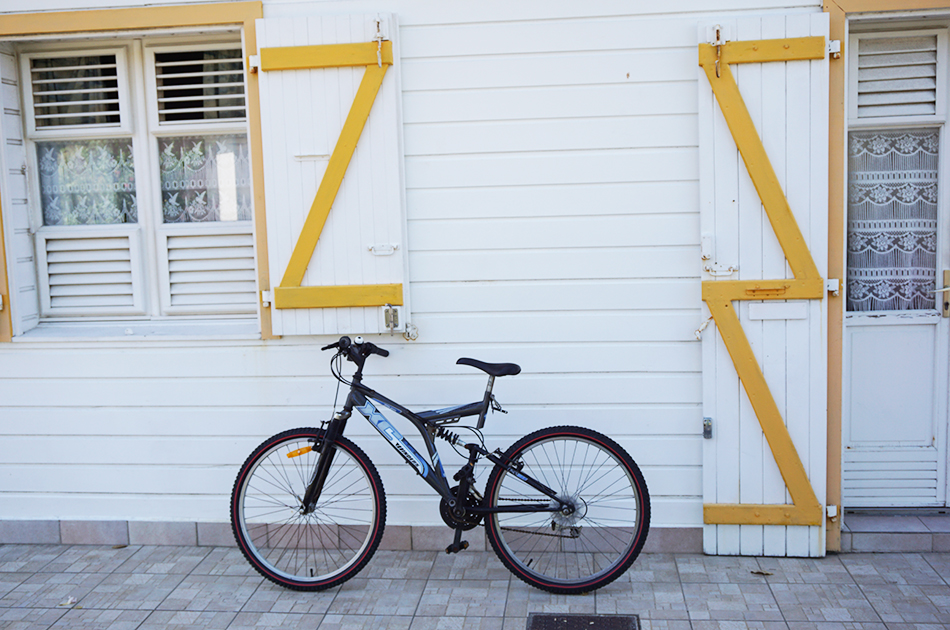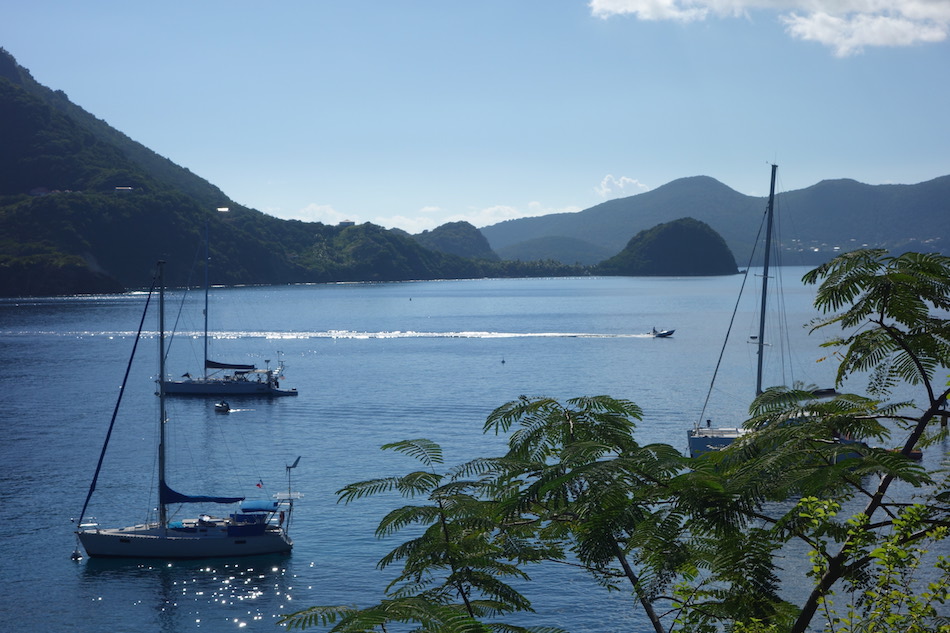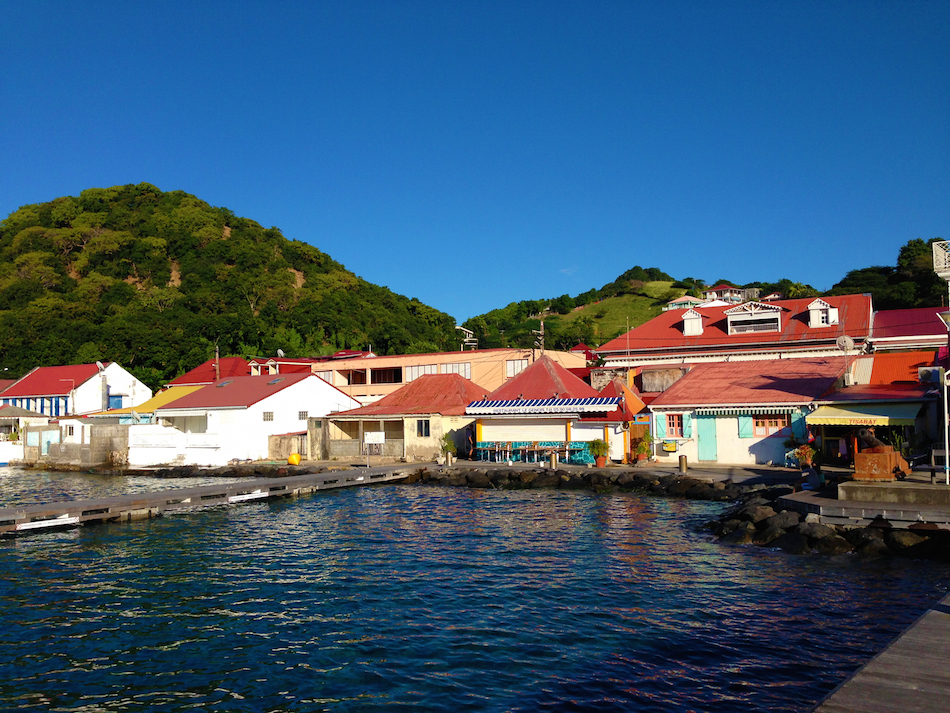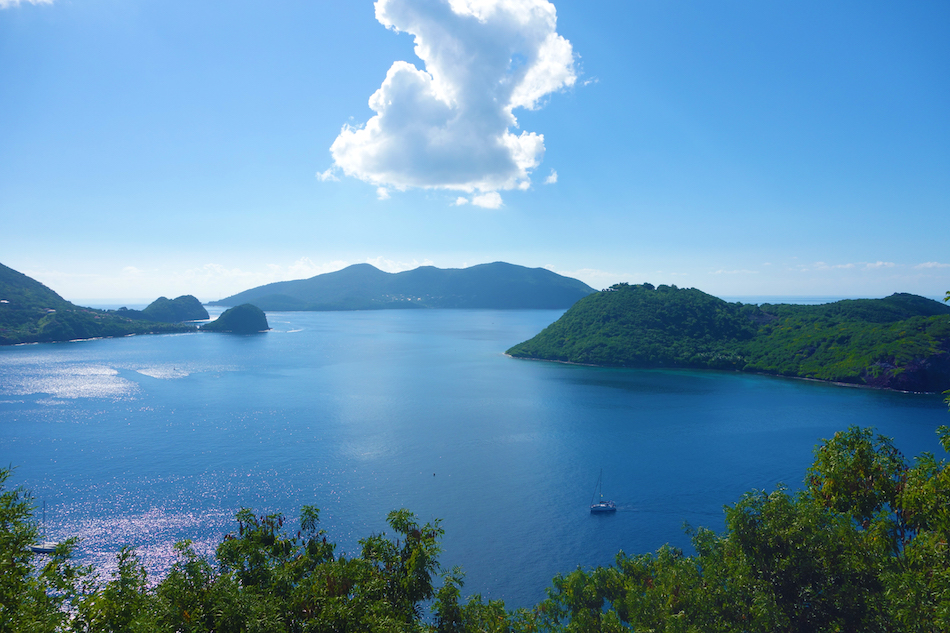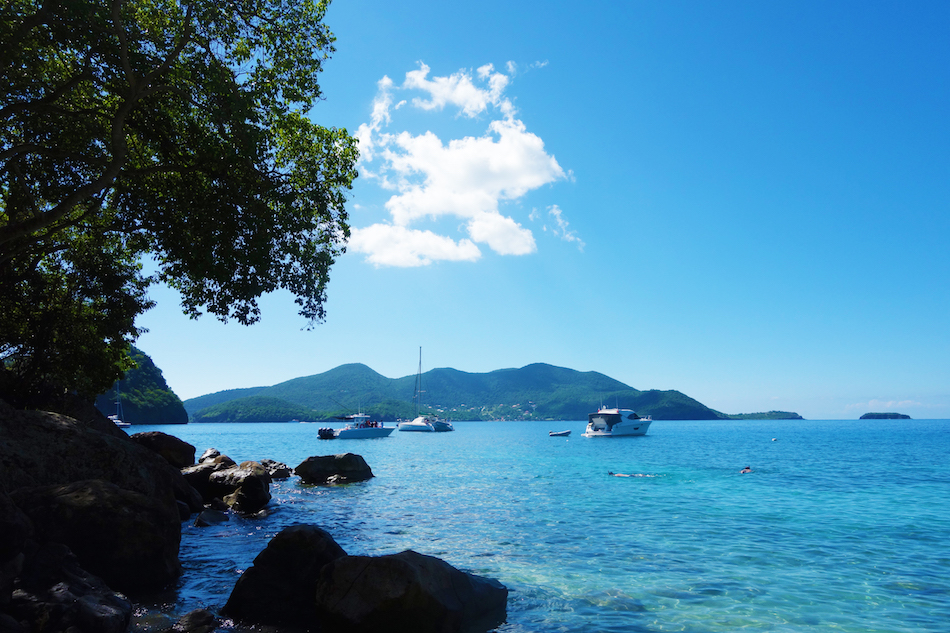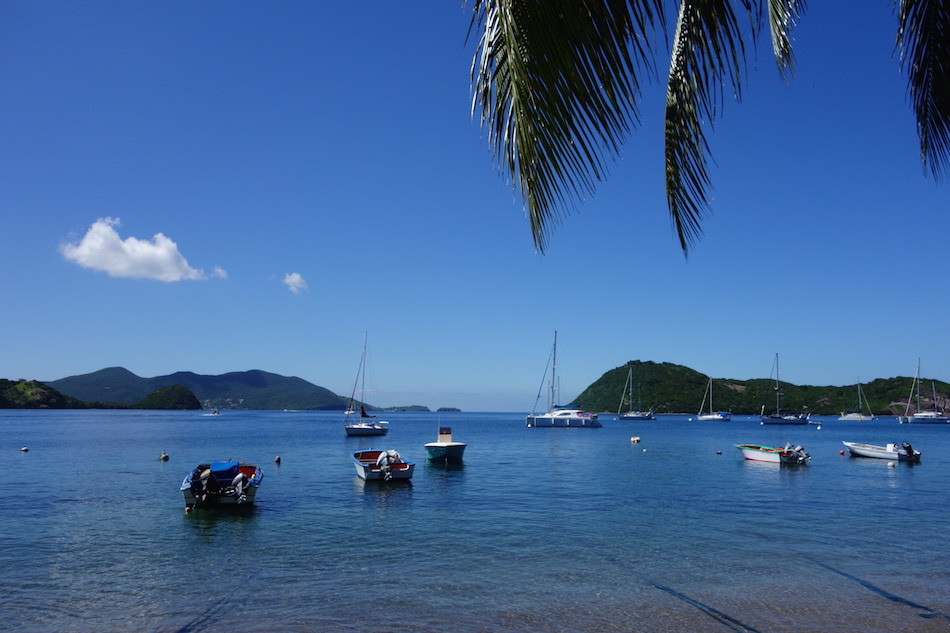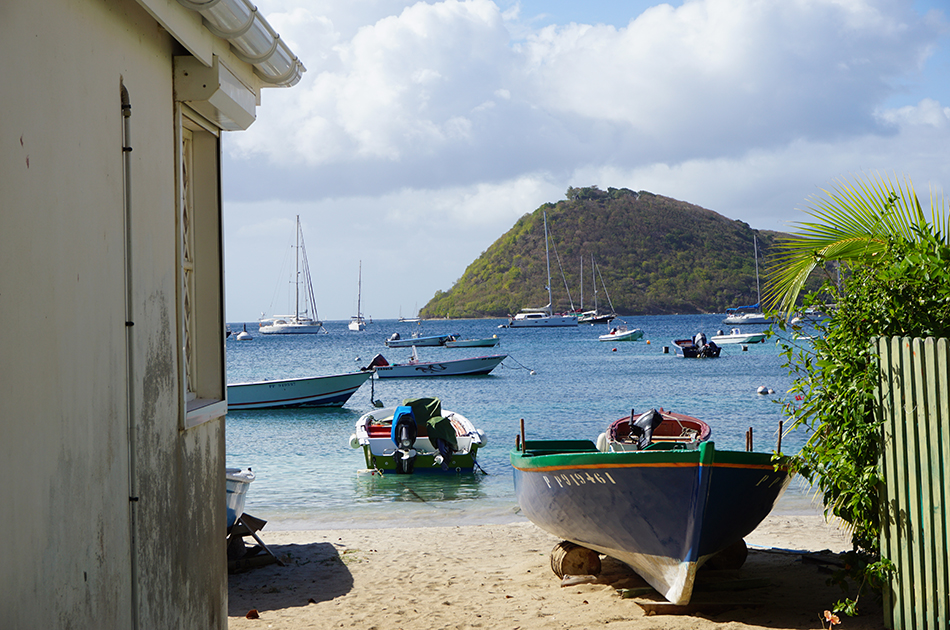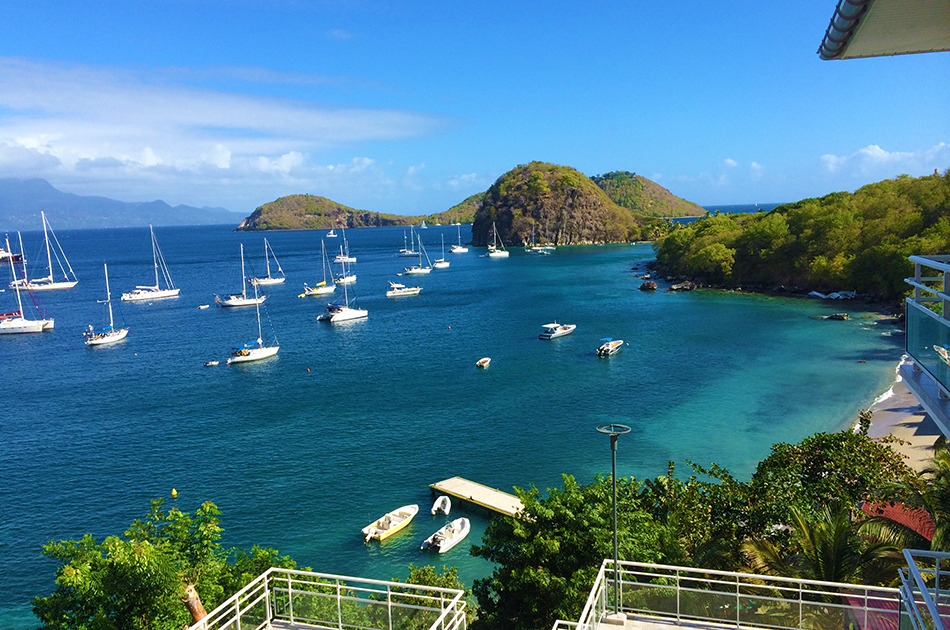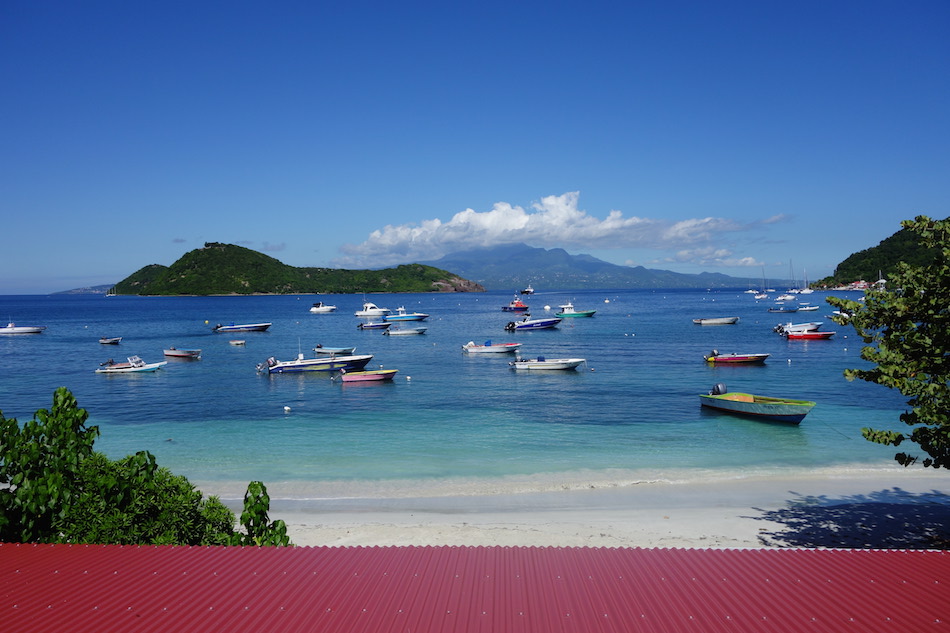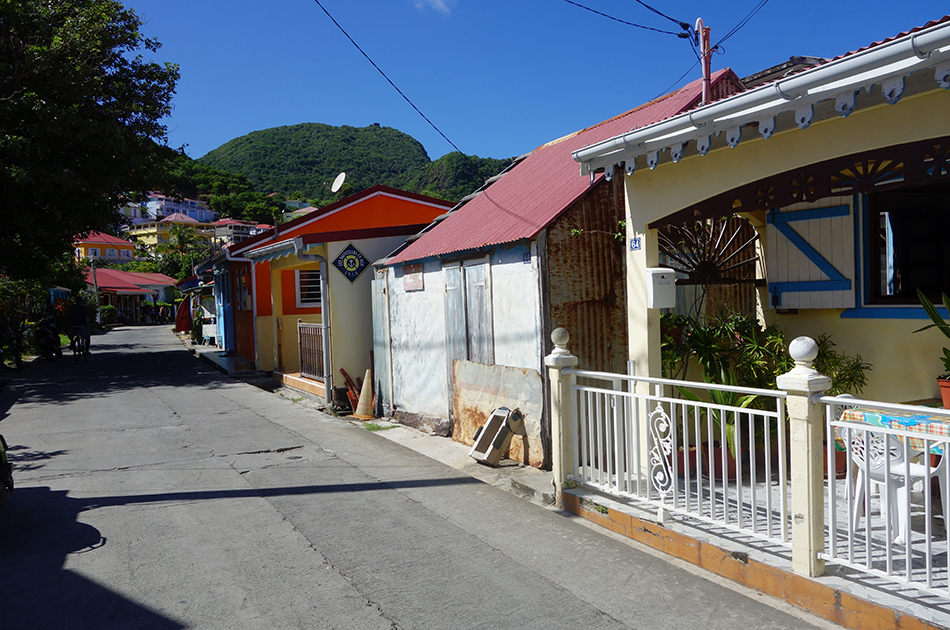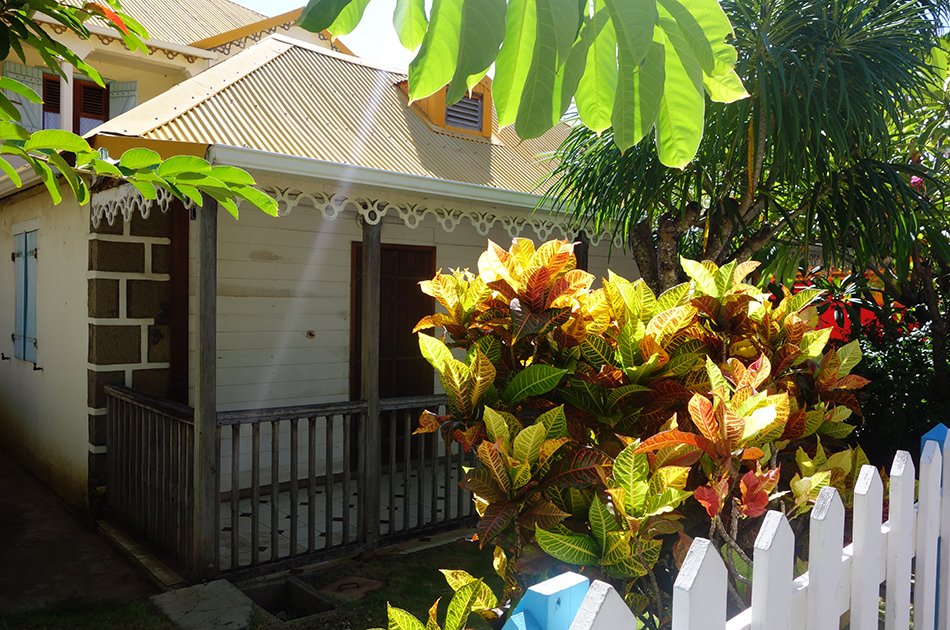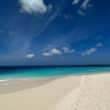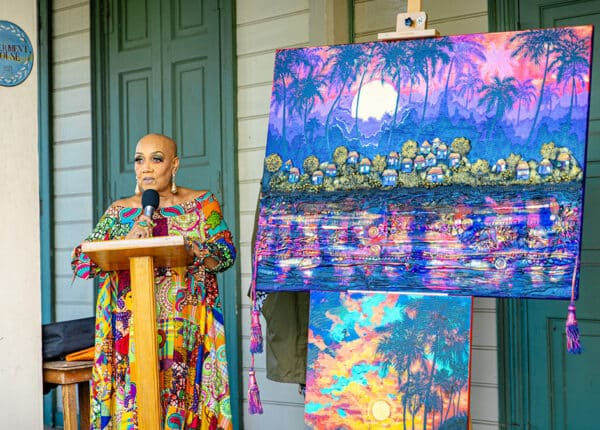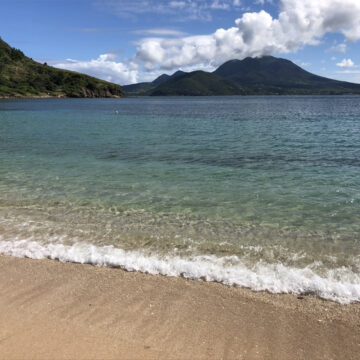The best-kept secret in the French Caribbean
By Alexander Britell
TERRE-DE-HAUT — It’s not hard to get here. But it’s hard enough.
It’s a short, twice-daily ferry ride from the tall cliffs of Trois-Rivieres on Guadeloupe’s island of Basse-Terre.
There are flights here, very small flights, into a very small airport.
That’s it. Regular trips, consistent trips, but nothing direct and nothing frequent.
It’s just hard enough to get here that this little fishing village with its own island has retained a peculiar kind of small-island charm.
It is very French, a slice of Brittany in the West Indies, and also very Caribbean, with rows of Creole-style houses on the main road in town.
This is the best-kept secret in the French Caribbean, the tucked-away corner of a larger archipelago, Guadeloupe, that has, due to decades without direct US flights, remained hidden away from just about any tourist who doesn’t speak French.
Terre-de-Haut has almost no cars, just a slew of golf carts and solar-powered electric carts and scores of mopeds, driven by tourists and locals alike.
Indeed, if you come here and don’t get one of the rental carts in the first half hour, you’ll end up on a moped, or taking long strolls.
The island, which is part of Guadeloupe’s picturesque Les Saintes archipelago-within-an-archipelago, has everything one seeks in a Caribbean island: a robust group of top-level restaurants; just-lively-enough bars serving Ti’ Punch or champagne; a few art galleries; and, most importantly, some stunning beaches.
The latter is what brings many travelers here to Pain-du-Sucre, which means Sugar Loaf and is a diminutive version of the famous Sugar Loaf in Brazil; it takes a relatively flat 15 minute hike to get here, but the finish line is worth it — a rocky bornhardt overlooking a beach so clear it can’t be described by any kind of glass or alcoholic beverage. That is true of almost all the coastal water here.
There are not many hotels, but just enough: Le Bois Joli, the closest thing to a resort, with a beach, a swimming pool, a restaurant and several wings with superb views of the archipelago.
Then there is the funky Les Petits Saints, a high-design boutique in the hills.
And then my favorite, LoBleu, which is not luxurious by any means but it is clean and kind and seduces you into thinking you’ve walked right into the plot of an old summer book. It’s right on the main beach in town, too, usually crowded only by bobbing fishing boats.
And then there is the food. Smoked marlin. Foie gras. Accras de morue. Magret de canard. A tart-style dessert called tourment d’amour. Every meal is greater than the last. And no that’s not travel hyperbole. It is as good as that, or better.
You’d think it was the perfect little Caribbean island. That’s what I think.
Before I came here, I heard it was like St Barth before it became St Barth.
It’s just a bit less than 2,000 people, but when you walk the silent streets you feel increasingly confident that it will never become St Barth. And that’s a good thing.
Because it will remain Terre-de-Haut.
